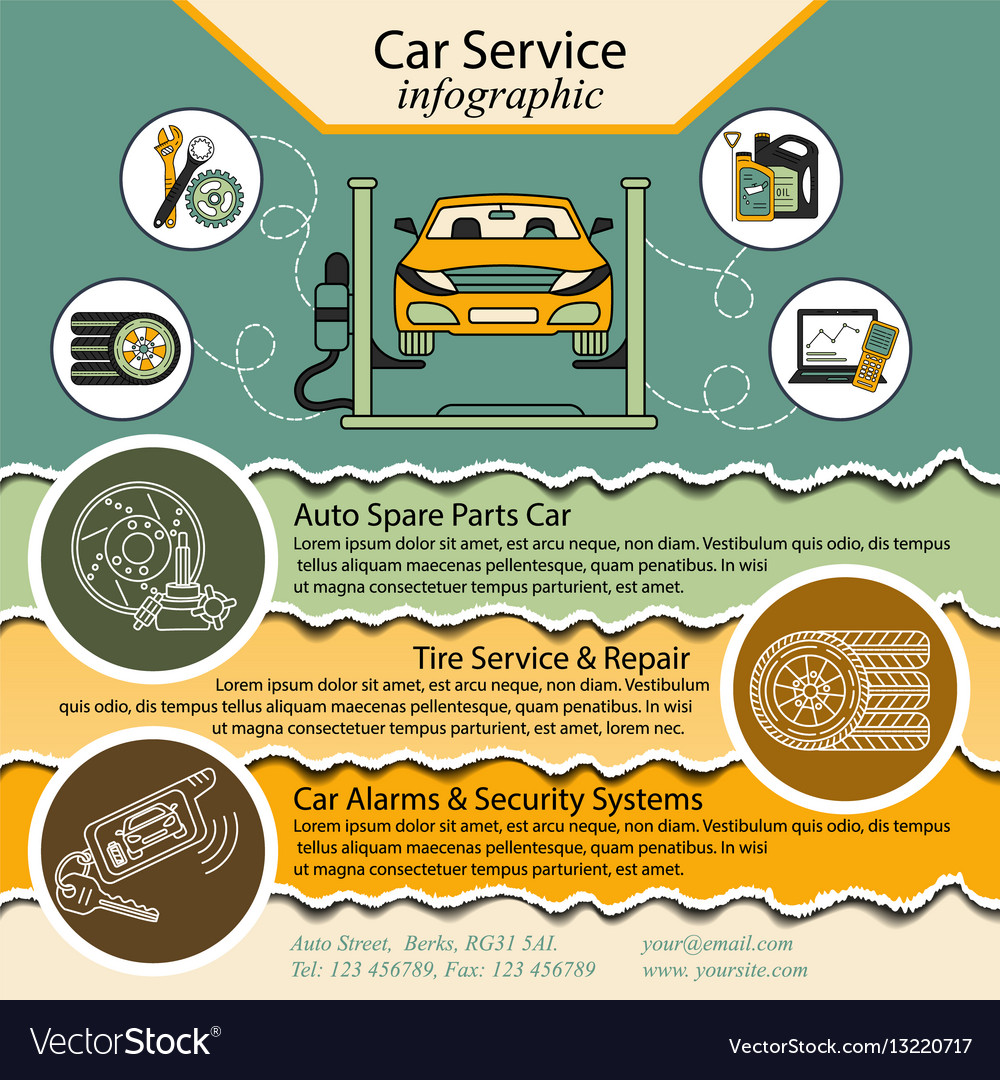Decoding Your Automobile'S Warning Indicators: What They Absolutely Indicate
Decoding Your Automobile'S Warning Indicators: What They Absolutely Indicate
Blog Article
Web Content Created By-Lim Gilbert
When you lag the wheel, those beautiful caution lights on your control panel can be a little bit puzzling. Do you know what they're attempting to tell you regarding your cars and truck's health? Recognizing the significance of these lights is important for your safety and security and the longevity of your car. So, the following time among those lights pops up, would not you want to decipher its message properly and take the necessary steps to resolve it?
Common Caution Lights and Interpretations
Recognize common caution lights in your cars and truck and understand their definitions to guarantee secure driving.
car cleaning and detailing near me include the check engine light, which signifies problems with the engine or exhausts system. If this light begins, it's crucial to have your automobile inspected promptly.
The oil pressure cautioning light shows reduced oil stress, needing instant interest to prevent engine damages.
A flashing battery light may recommend a defective billing system, potentially leaving you stranded otherwise addressed.
The tire pressure tracking system (TPMS) light notifies you to low tire stress, influencing vehicle stability and gas efficiency. Neglecting this might bring about dangerous driving conditions.
The abdominal muscle light indicates an issue with the anti-lock braking system, endangering your capability to stop rapidly in emergencies.
Last but not least, the coolant temperature level advising light warns of engine overheating, which can result in severe damages if not dealt with promptly.
Recognizing these common warning lights will help you attend to problems promptly and keep risk-free driving problems.
Value of Prompt Focus
Recognizing the common warning lights in your car is only the first step; the significance of immediately dealing with these warnings can not be stressed enough to guarantee your safety and security when traveling.
When a caution light illuminates on your dashboard, it's your vehicle's way of connecting a possible problem that requires interest. Neglecting these warnings can cause a lot more extreme troubles in the future, compromising your security and potentially costing you more in repairs.
Trigger focus to alerting lights can stop failures and crashes. For example, a flashing check engine light might indicate a misfire that, if left ignored, could cause damage to the catalytic converter. Addressing this without delay can save you from a costly fixing.
Likewise, a brake system cautioning light might signify reduced brake fluid or worn brake pads, crucial elements for your safety and security when driving.
Do It Yourself Troubleshooting Tips
If you observe a warning light on your control panel, there are a few DIY repairing tips you can try before looking for specialist assistance.
https://brakeplacesnearme95172.blogdosaga.com/30130059/interested-to-find-exceptional-car-repair-shops-near-you is to consult your car's guidebook to understand what the particular caution light indicates. Occasionally the issue can be as easy as a loose gas cap causing the check engine light. Tightening the gas cap may resolve the trouble.
Another usual issue is a low battery, which can set off numerous warning lights. Checking the battery links for rust and ensuring they're secure may take care of the trouble.
If a caution light lingers, you can attempt resetting it by separating the automobile's battery for a couple of mins and afterwards reconnecting it. Additionally, examining your lorry's fluid levels, such as oil, coolant, and brake fluid, can assist fix advising lights connected to these systems.
Conclusion
In conclusion, understanding your auto's warning lights is vital for keeping your car running smoothly and securely. By without delay addressing these alerts and understanding what they mean, you can prevent costly repair work and prospective malfunctions.
Bear in mind to consult your auto's handbook for particular information on each cautioning light and take action appropriately to ensure a trouble-free driving experience.
Keep informed, stay secure when driving!
